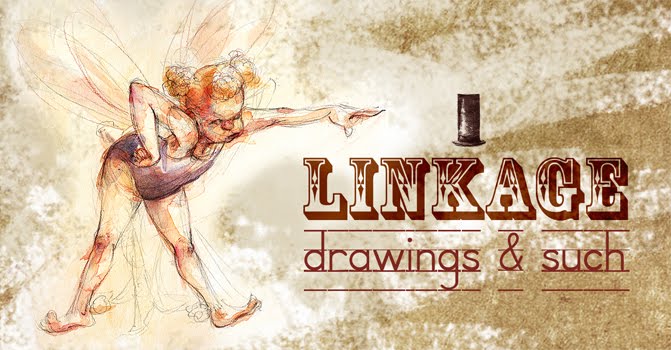
The fine art of directing your reader to see and feel things in the order and fashion with which you want them to do so is handles in large part through sequential art.
What is Sequential Art and what forms does it take?
It is a visual art that requires a series of images to be viewed in a particular order to understand the intended idea. The passage of time is from image to image is common. Loosing one image from the order will disrupt everything.
Forms: picture books, comic books, cave paintings, films, animations, video games, multi-media presentions...
What are the common uses of storyboards?
They are a series of graphic organizers, illustrations or visuals displayed in a sequence for the purpose of previsualizing a story for animation, picture books, movies and interactive media.
The modern process of storyboarding was developed and refined by the Walt Disney Animation studios in the early 1930's. In fact, it was this key focus on telling the "story" that set Disney animation from all other animation studios at that time. Other studios such as MGM and Warner thrived, but not in the feature animation area...
How does storyboarding effect picture book illustration/ How can we apply it and what is the process?
A storyboard is a 2-D plan laid out so that all the pages of the book are visable at the same time. Work closely with the text or plot line to grasp the initial flow and begin to establish the "beats" of the story. Remember, one of our goals is to create a visual poem and laying out these beats helps us develop the pace and timing of the book ( refer back to Week 4's initial layouts ). What is Pace? It is the rate at which you want the the reader to view the individual illustration and th rate at which you want the viewer to navigate your book.
What components are involved?
1. The established beats
2. The placement of text
3. the absence of text
4. single page illustrations
5. Double page spreads
6. use of spot illustrations
How do we begin to tell the story?
1. Define the beats—the actions or events which propel the story. Furthermore these beats may well become the pages. And the primary function of any illustration on the page in a picture book is to illuminate and work harmoniously with the text. A page also must form a conclusion of ideas yet propel the reader to turn the page.
2. Establish and frame the key elements and quintessential images
3. Make sure the overall feel and design of the book reflects the voice of the text and remains consistent throughout.
I did these sample boards some time ago. See if you can locate the center of interest in each frame and get a feel for the overall pace.

No comments:
Post a Comment